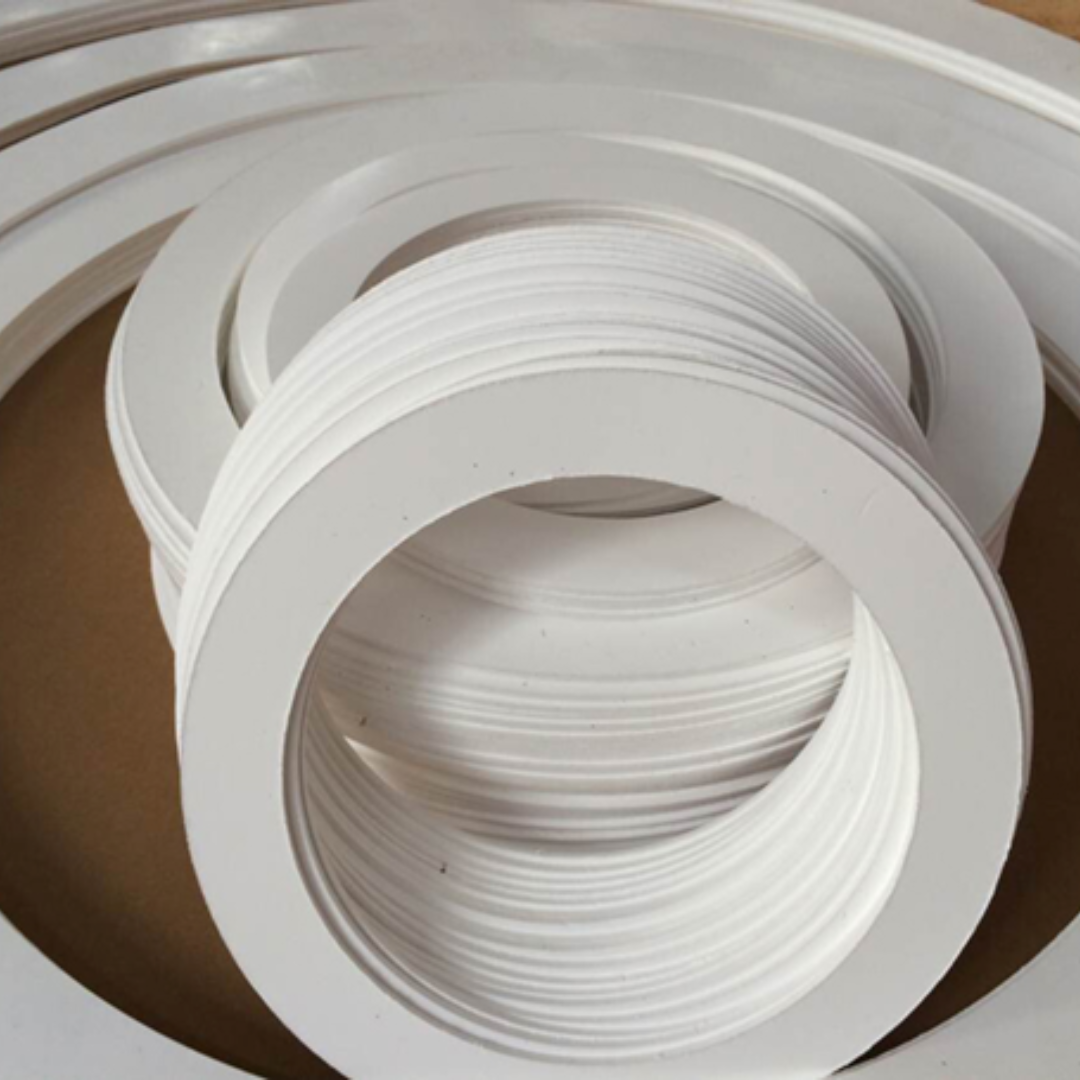- info@eltech.in
- +91-96196 86917, +91-84509 80333
Polytetrafluoroethylene (PTFE) seals can be treated with vacuum plasma to increase their adherence to polymer or metal substrates. A high-performance polymer with exceptional chemical resistance and reduced friction characteristics is PTFE (polytetrafluoroethylene). Yet, due to its low surface energy, PTFE has weak adherence to the majority of surfaces.
The PTFE seal's surface energy is raised through vacuum plasma treatment, improving its ability to adhere to metal or other polymer substrates. A vacuum chamber is utilised to eliminate any remaining air during the plasma treatment, and an electrical discharge is employed to create a low-pressure plasma. The surface of the PTFE is activated by the plasma, generating reactive sites that can create solid chemical connections with the substrate made of metal or any other polymer.
Hydrogen gas, which tends to react with the fluorine present on the top surface of the PTFE and produce hydrogen fluoride, is used to plasma etch PTFE. The vacuum pump then removes this hydrogen fluoride, leaving carbon (surface with a dark/light brown colour) with a high surface energy that will bond with any polymer or metal. Tetra etching or wet chemical etching is an environmentally dangerous procedure that has various drawbacks in terms of etching and repeatability. Plasma etching, also known as dry etching, is an environmentally safe alternative.
Depending on the characteristics of the material and the preferred bond strength, several plasma treatment settings (such as gas type, pressure, power, and time) may be used. In order to increase the adherence of PTFE seals in applications including automotive, aerospace, and chemical processing, vacuum plasma treatment is frequently utilised in industrial settings.
